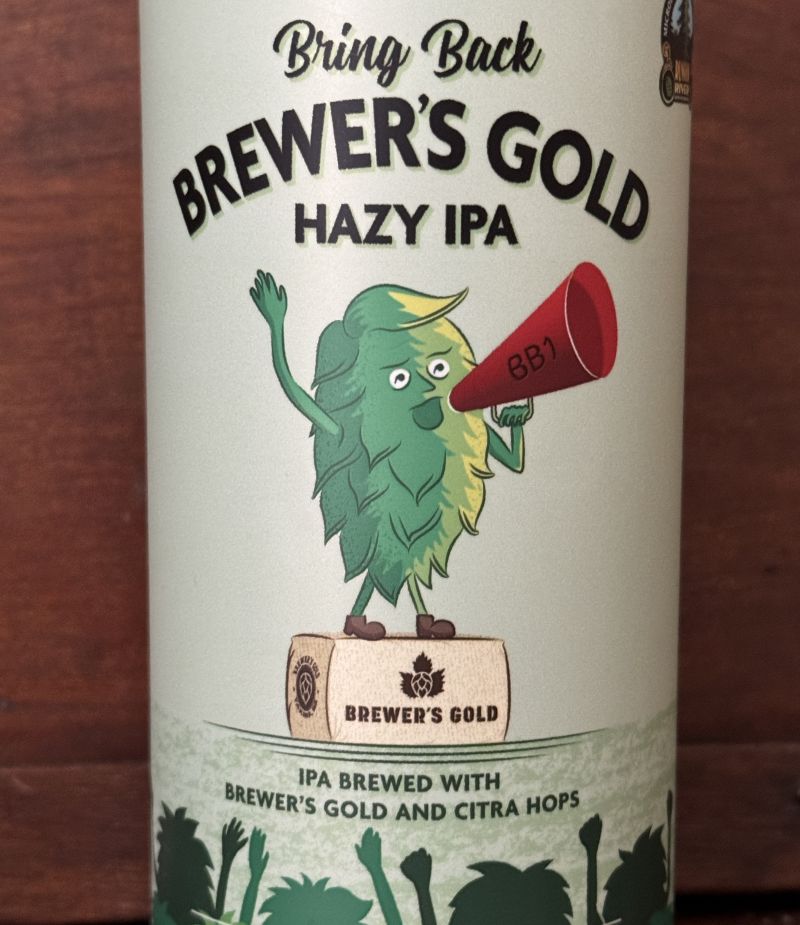* GABF category promotes newest public hop
* America’s hop fields continue to shrink
* Global outlook
* Hop Profile: Brewer’s Gold
Welcome to Vol. 9, No. 2. Stop me if you’ve heard this one before. Acres of hops strung for harvest in the Northwest states of Idaho, Oregon and Washington were down from last year. Not a shocker. Acreage has shrunk from a peak of 60,872 in 2021 to 42,231 in 2025. The surprise was that Citra acreage increased in all three states. Details after a bit of funs news about special treatment hop newcomer Vera will receive at the Great American Beer Festival.
GOING FOR GOLD WITH VERA
The result is not totally guaranteed, because beer judges have been known to do strange things like not awards medals. However, you can feel pretty confident betting that a beer brewed with the just named hop Vera will win a gold medal at the Great American Beer Festival. The Brewers Association has announced that it has created a special category for 2025 only, featuring beers brewed with Vera (formerly known as W1108-333 or HRC-003). They need not be single hop beers, but they must highlight the distinctive character of Vera, “which has been described as having tropical, stone fruit, and citrus character, reminiscent of a pineapple flavored Life-Savers candy.”
Vera is a product of the USDA-ARS breeding program, a cross between Brewer’s Gold and a powdery resistant male hop 64103M made in 2011 by Steve Kenny at Prosser Station, a Washington Station University facility. Although that program was shelved in 2015, promising experimental varieties were maintained. When a joint effort by industry participants (the Brewers Association, Hop Research Council, Hop Growers of America and others) revived the public program in 2018, W1109-333 was one of the cultivars that Hopsource identified as a brewer favorite.
Hopsource is a platform developed by DraughtLab to “identify public varieties, early in the breeding process, that show commercial promise for their sensory characteristics.” Brewers began using it in 2018 to provide feedback.
Vera was named for Vera Katherine Charles (1877–1954), an American mycologist. She was one of the first women to be appointed to professional positions within the U.S. Department of Agriculture. Charles coauthored several articles on mushrooms while working for the USDA. Although Charles was not involved in research related to hops, when brewers flavor a beer with Vera they may be reminded the hop comes from public supported research.

